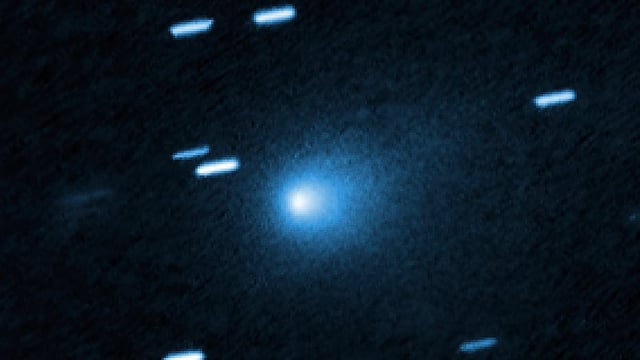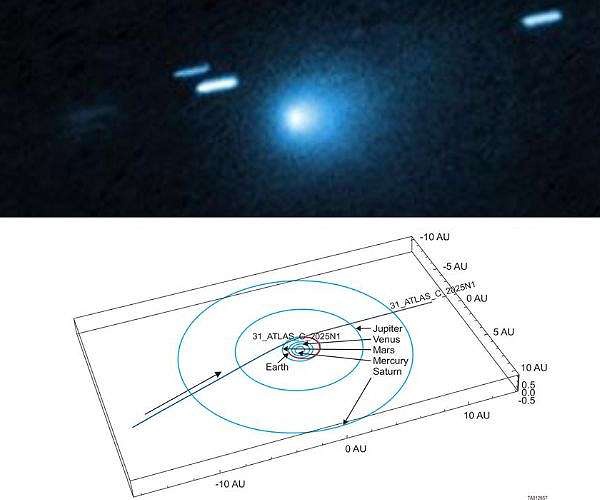Overview
- Fresh Gemini South/GMOS imagery reveals a distinct tail and a broad, glowing coma as activity increases.
- Mid‑September observations show faster‑than‑expected brightening, and NASA officials say the evidence points to a natural comet.
- A peer‑reviewed study of TESS prediscovery data published September 11 extends the object’s track and indicates early, distant activity.
- Spectroscopy from major observatories points to a CO2‑dominated coma and possible nickel enrichment with little iron, which researchers stress is preliminary.
- Coordinated campaigns plan observations during a near‑Mars pass on October 3, ahead of perihelion on October 29 and a more distant Earth approach on December 19.



